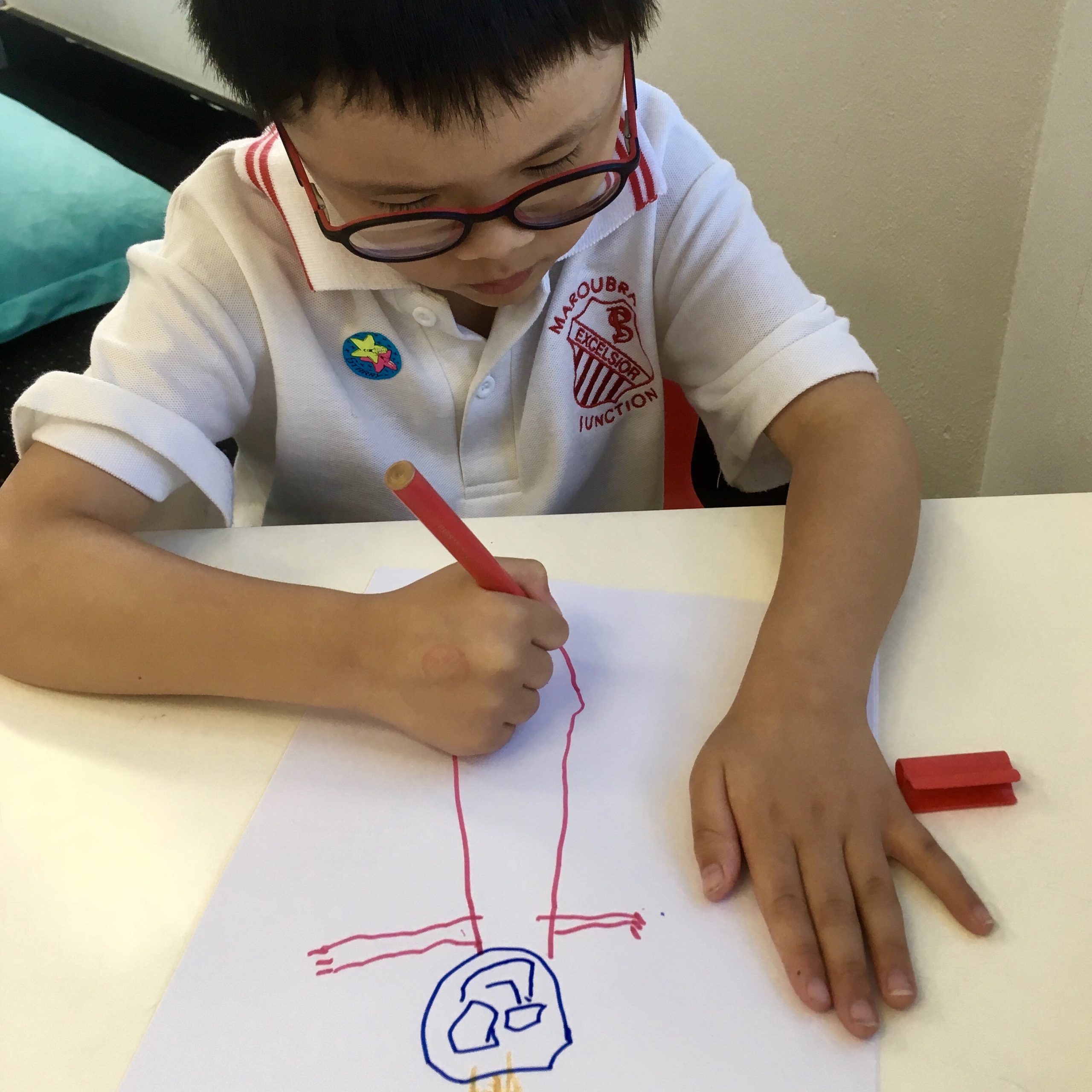
Understanding ADHD and Fine Motor Skills: How Occupational Therapy in Bondi Junction and Mascot Can Help
Attention Deficit Hyperactivity Disorder (ADHD) affects more than just attention and behavior—it can also impact fine motor skills. Many children with ADHD struggle with tasks requiring hand coordination, like writing, using scissors, or tying shoelaces. At OneOnOne Children’s Therapy, located in Bondi Junction and Mascot, our Occupational Therapists are skilled in supporting children with ADHD to improve these essential motor skills.
What Are Fine Motor Skills?
Fine motor skills involve small muscle movements, typically those in the hands and fingers, which are used for everyday tasks such as:
- Writing and drawing
- Buttoning and zipping clothes
- Cutting with scissors
- Tying shoelaces
- Using utensils
When fine motor skills are underdeveloped, children can face challenges in school, self-care, and play activities.
ADHD and Fine Motor Skills
Children with ADHD may experience difficulties with fine motor tasks for several reasons:
- Focus and Attention Problems: ADHD can make it difficult for children to concentrate on tasks that require precision, such as writing. They may rush or become distracted, leading to poor execution.
- Impulsivity and Motor Control: Impulsivity can affect motor control, making it harder for children to control their hand movements. This can result in messy handwriting or difficulty using small objects.
- Hand-Eye Coordination Issues: ADHD can impair hand-eye coordination, making it challenging to perform tasks like cutting with scissors or using tools.
- Delayed Motor Skill Development: Some children with ADHD may experience delays in fine motor development, making it harder for them to perform tasks at the same level as their peers.
The Impact on Daily Life
Fine motor difficulties can significantly affect a child’s daily life:
- Academic Struggles: Tasks like writing, cutting, and using a ruler can become difficult, affecting classroom performance.
- Self-Care: Children may struggle with tasks like buttoning clothes, tying shoes, and feeding themselves.
- Social and Play: Fine motor skills are essential for playing games and interacting with peers, and children with ADHD may feel excluded if they can’t keep up.
How Occupational Therapy Helps
At OneOnOne Children’s Therapy, our Occupational Therapists work with children to build their fine motor skills using tailored strategies. Here’s how we help:
- Assessment: We begin with a thorough assessment of the child’s motor skills to identify areas that need improvement.
- Hand Strengthening Exercises: Our therapists use exercises like squeezing therapy putty and using hand grippers to build hand muscles.
- Hand-Eye Coordination Activities: We incorporate activities like catching balls, threading beads, and completing puzzles to improve hand-eye coordination.
- Improving Dexterity: Children practice tasks like cutting, tracing, and colouring to develop fine motor control and precision.
- Motor Planning Support: We help children with ADHD break down tasks into smaller steps and use repetition to improve motor planning and execution.
- Sensory Integration: For children with sensory sensitivities, we use sensory tools and strategies to help regulate their input, improving focus and motor control.
Supporting Fine Motor Skills at Home and School
To maximise progress, parents and teachers can support fine motor development at home and school:
- At Home: Encourage activities like drawing, building with blocks, and using playdough to strengthen fine motor skills.
- At School: Teachers can offer adaptive tools like pencil grips and provide extra time for writing tasks.
Conclusion
Fine motor skills are crucial for a child’s independence and success in daily activities. Occupational Therapy can provide the targeted support children with ADHD need to strengthen these skills. With consistent practice and guidance, children can improve their coordination, motor control, and overall confidence.
If you’re concerned about your child’s fine motor skills, OneOnOne Children’s Therapy in Bondi Junction and Mascot offers comprehensive support. Our Occupational Therapists are AHPRA registered and committed to helping your child thrive. Contact us at (02) 8065 7837 or send us an email to schedule an assessment today.
We are a dedicated team of Occupational Therapists, Speech Pathologists, Certified ESDM Therapists, and Psychologists, serving families in Bondi Junction and Mascot, providing top-quality care for children with autism, developmental delays, and learning difficulties.

Internet Chicks I very delighted to find this internet site on bing, just what I was searching for as well saved to fav
Thank you so much for your kind comment! We’re glad to hear that you found the blog post helpful.
Noodlemagazine Wonderfully presented. Every quote was amazing, and I appreciate you sharing this content. Keep inspiring and sharing more.